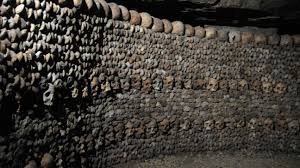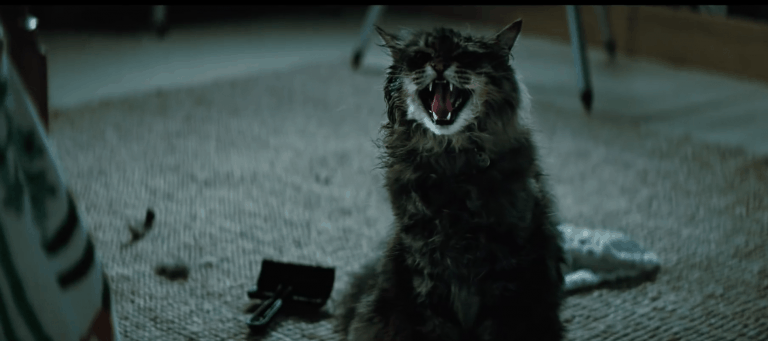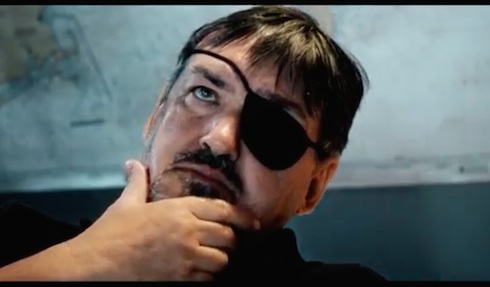What’s the deal with scary movie As Above, So Below and the catacombs of Paris?

As Above, So Below, the latest found footage style horror flick, hits theaters this week. Although it’s gotten disappointing reviews, the setting of this film is pretty fascinating.
The John Erick Dowdle directed feature is about protagonist Scarlett Marlowe who goes down in to the catacombs of Paris, a subterranean skull-lined tunnel system, to search for Nicholas Flamel’s philosopher’s stone.
What are the catacombs of Paris?
1780s Paris faced a sanitation problem because of overcrowded cemeteries, so they decided to use a section of the vast system of abandoned underground mines as ossuaries for the remains of six million people. It’s a 200 mile maze of caves and tunnels, and today a small section is open to the public as a museum. Louis-Etienne Hericart de Thury is responsible for arranging the bones in patterns on the walls.
What’s an ossuary?
The official name of the catacombs of Paris is l’Ossuaire Municipal. Ossuaries are a particular kind of final resting place for the dead used over the years in Jewish, Catholic, and Eastern Orthodox faiths. After bodies decompose in a shallow grave, skeletal remains are moved to a chest, building, or other site. Another famous ossuary is the Sedlec Ossuary in the Czech Republic, which is also known as the Church of Bones.
Who is Nicholas Flamel, and what is his philosopher’s stone?
Flamel was a 15th century Parisian scrivener and manuscript seller who became legendary in the 17th century for supposedly creating a “Philsopher’s Stone” that can turn metals into gold. He and his wife Perenelle are also said to have become immortal after imbibing the “Elixir of Life,” a potion that is sometimes described as liquid gold that has to be drunk from a certain cup at a certain time. Alchemists throughout the ages have sought to create this mythical drink.





